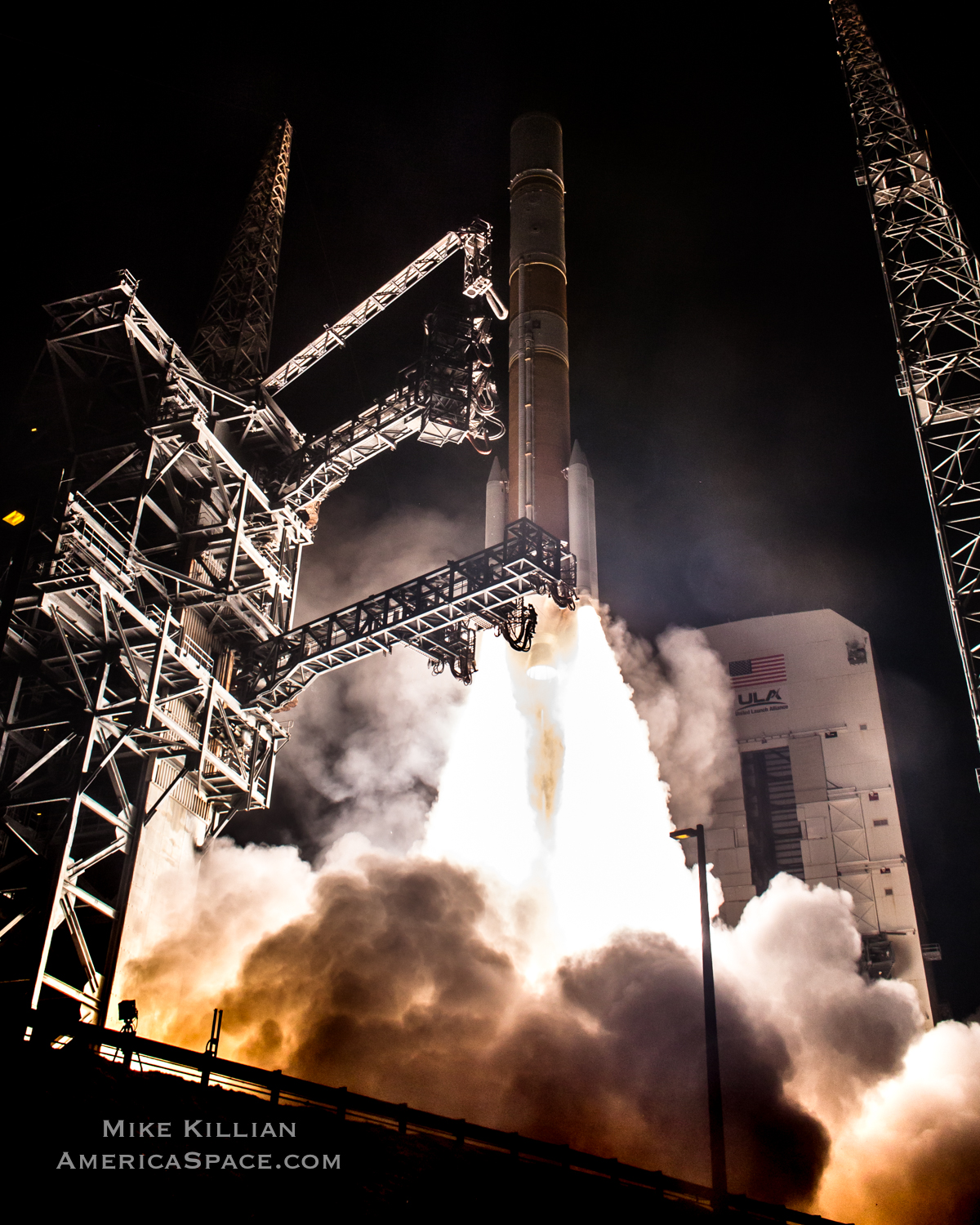
As United Launch Alliance (ULA) counts down to the planned 9 a.m. EDT Thursday launch of its final Delta IV Medium booster, this week offers an opportune moment to reflect on the career of a vehicle which has delivered a smorgasbord of military, civilian and scientific payloads into Earth orbit and beyond over the course of a spectacular 17-year career.
And although the Medium’s big brother—the Delta IV Heavy—will remain operational, in the words of ULA, “as long as it is required by our customers”, the swansong of this familiar orange-and-white rocket brings the curtain down on an impressive 100-percent mission success rate. In spite of an upper-stage anomaly experienced back in October 2012, the Delta IV has never failed to deliver its primary payload to the correct orbit.
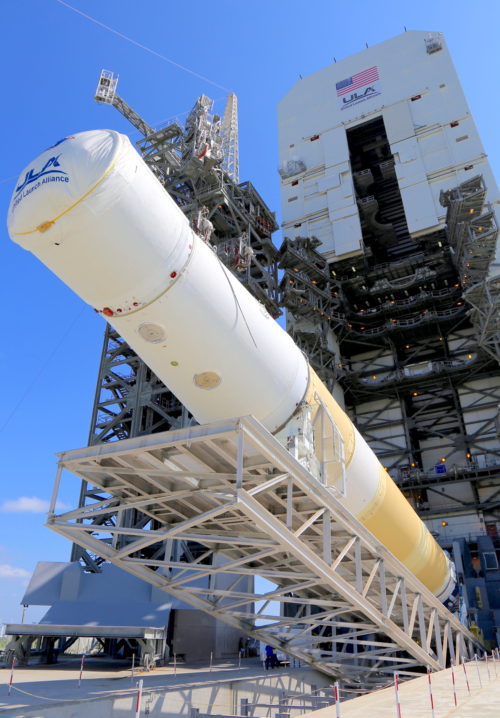
On the eve of its final flight, the Delta IV Medium has flown 28 times from either Space Launch Complex (SLC)-37B at Cape Canaveral Air Force Station, Fla., or Space Launch Complex (SLC)-6 at Vandenberg Air Force Base, Calif. Its 29th and final mission on Thursday will see it deliver the second member of the Global Positioning System (GPS) Block III constellation of positioning, navigation and timing satellites into orbit. In the end, the prohibitively high costs of the “single-stick” Delta IV product line conspired heavily in hastening its retirement.
FOLLOW OUR LAUNCH TRACKER FOR UPDATES AND LIVE COVERAGE ON LAUNCH DAY!
It is expected that alongside ULA’s long-serving Atlas V fleet of boosters, the Delta IV Heavy will continue in operational service for several more years, with five missions at roughly annual intervals planned for the National Reconnaissance Office, scheduled through 2024.
Although it bears the Delta program name—tracing a heritage to the Air Force’s Thor Intermediate Range Ballistic Missile (IRBM), developed at the height of the Cold War—the Delta IV was virtually a new design when it first flew in November 2002 to launch the commercial Eutelsat W5 communications satellite to geostationary transfer orbit. It was based around Boeing’s 134-foot-long (40.8-meter) Common Booster Core (CBC), powered by a singular RS-68 liquid oxygen/hydrogen engine; an engine since upgraded to the higher-performing RS-68A.
After numerous developmental difficulties, the Delta IV completed its test program with a full-flight-duration static fire on Test Stand B2 at NASA’s Stennis Space Center in Hancock County, Miss., in the spring of 2001. Interestingly, the configuration used on the Delta IV’s maiden flight, the so-called “Medium+ (4,2)”, was identical to the one that will be used on Thursday’s final mission.
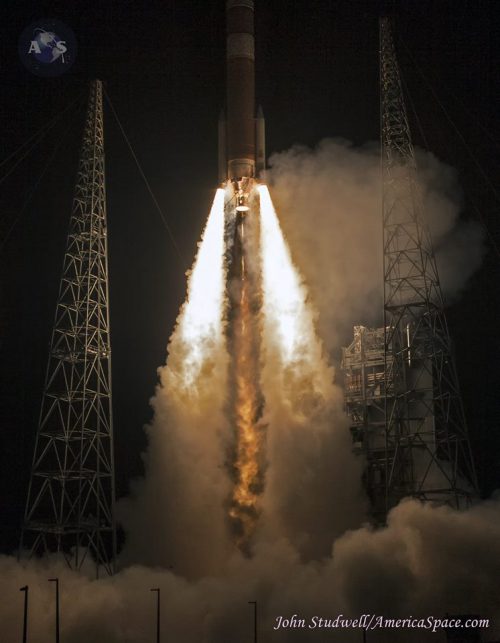
Excluding the Delta IV Heavy—a triple-bodied launcher, with three CBCs, launched on 11 occasions between December 2004 and January 2019—the Delta IV has flown in four different “Medium” configurations over the years. Their nomenclature relates to the size of the rocket’s payload fairing and the number (or absence) of strap-on solid-fueled boosters, known as the Graphite Epoxy Motor (GEM)-60.
Hence, the standalone Medium featured no boosters, whilst the Medium+ (4,2) features a 13-foot-wide (4-meter) fairing and two GEM-60s and the Medium+ (5,2) and (5,4) incorporated the much larger 16.4-foot-diameter (5-meter) fairing and two or four GEM-60s, respectively.
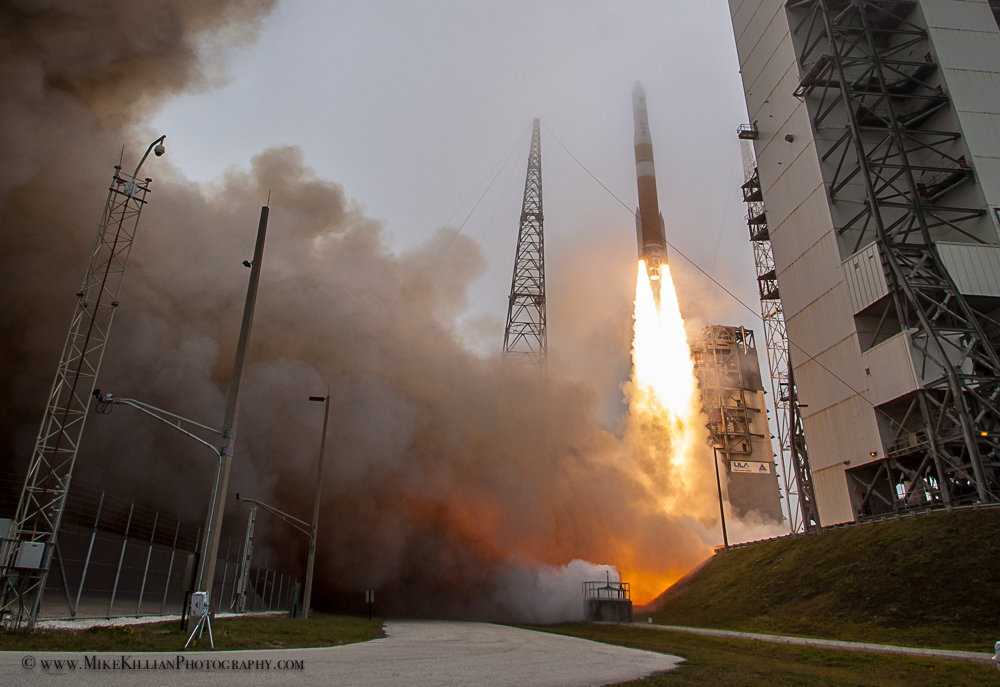
The barebones Medium was utilized three times between March 2003 and November 2006, successfully delivering two Defense Satellite Communications System (DSCS)-III military payloads to geostationary altitude and a Defense Meteorological Satellite Program (DMSP) military weather sentinel to orbit. The Medium+ (5,2) configuration likewise logged three launches between April 2012 and its final flight in January 2018, trucking the NROL-25, NROL-45 and mostly recently the NROL-47 classified payloads to orbit on behalf of the National Reconnaissance Office. And the Medium+ (5,4)—which flew for the final time last March—has roared aloft eight times since December 2009.
As the next-most-powerful variant of the fleet after the Delta IV Heavy, the muscle of the Medium+ (5,4) was used in exclusivity to deliver eight of the ten members of the heavyweight Wideband Global Satcom (WGS) network of secure military communications satellites to geostationary altitude.
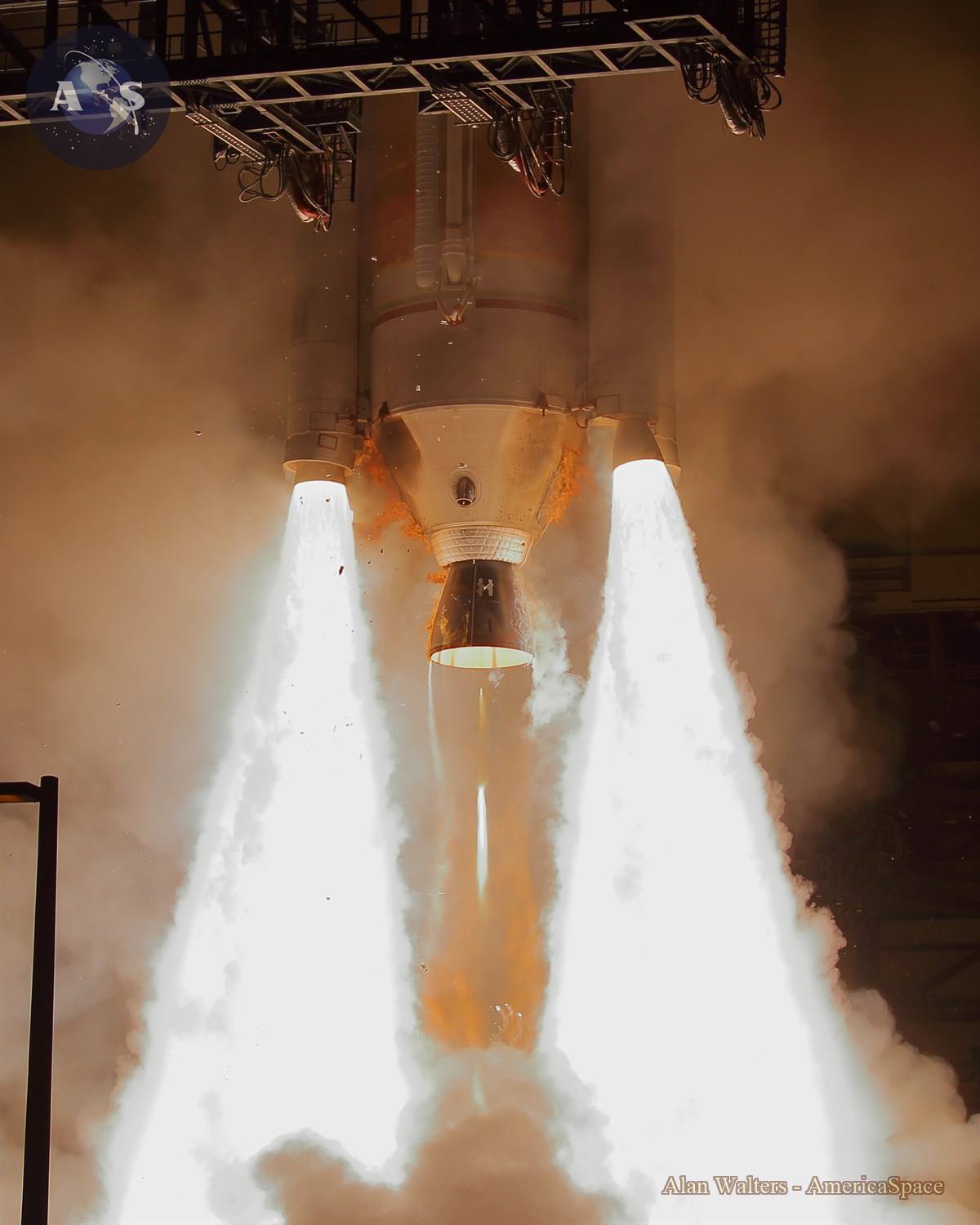
With the Medium and the Medium+ (5,2) and (5,4) having chalked up 14 launches between them, the remaining 14 missions to date have been launched by the workhorse Medium+ (4,2). Its maiden launch in November 2002 was the only time it was dedicated in its entirety to a commercial client—the Paris, France-headquartered Eutelsat—with the remainder devoted to military or U.S. government entities.
Three Geostationary Operational Environmental Satellites (GOES) for weather monitoring, two Air Force Space Command mixed payloads and a pair of classified NRO missions have filled its books more recently, together with no less than six second-generation Global Positioning System (GPS) Block IIF positioning, navigation and timing satellites. This pedigree makes it poetically fitting that on its final flight it will bookend this list of accomplishments by lofting the second member of the GPS Block III constellation to orbit.
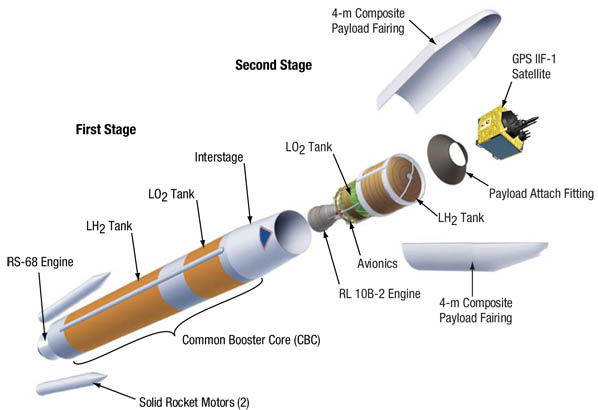
Following Thursday’s mission, only the Atlas V and the Delta IV Heavy will remain on ULA’s books until its Vulcan-Centaur heavylifter enters service in April 2021. Earlier this week, ULA announced that it would carry Astrobotic’s Peregrine lunar lander on the Vulcan-Centaur’s maiden mission. Yet there is no indication of a slow-down in mission operations. “In preparation for a busy 2020 manifest, our Decatur, Ala., factory will set a record-setting manufacturing pace with 30 boosters in production during 2019 and 2020,” ULA noted in comments provided to AmericaSpace earlier in August.
“This includes both complete Atlas and Delta boosters. Vulcan qualification and first-flight hardware is currently being fabricated.” As-yet unflown, the Vulcan drew several high-profile future mission assignments earlier this month and will be used to deliver six Sierra Nevada Corp. Dream Chaser cargo flights to the International Space Station (ISS) as part of the Commercial Resupply Services (CRS2) round of contracts with NASA. The first Vulcan-Centaur booster was delivered for structural qualification testing last month.
.
.
FOLLOW AmericaSpace on Facebook and Twitter!
.
.




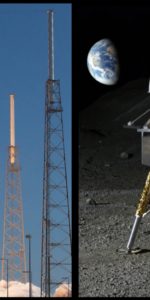
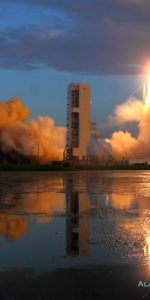
I worked on the LH2 tank certification program at Rocketdyne SSFL in 2000. We gutted out an old SSME test stand at the COCOA area and lowered in the tank from the top. It was a great experience and a lot of fun! Miss the good ol’ days.